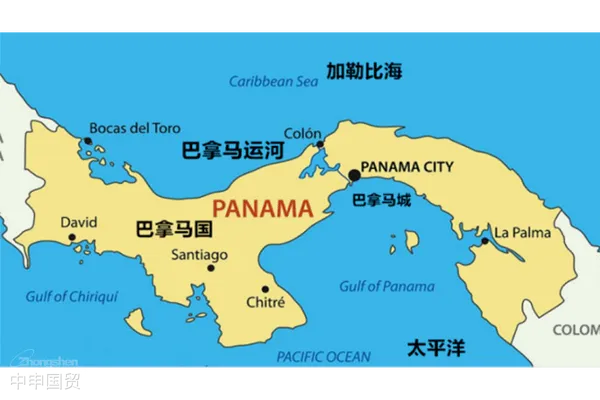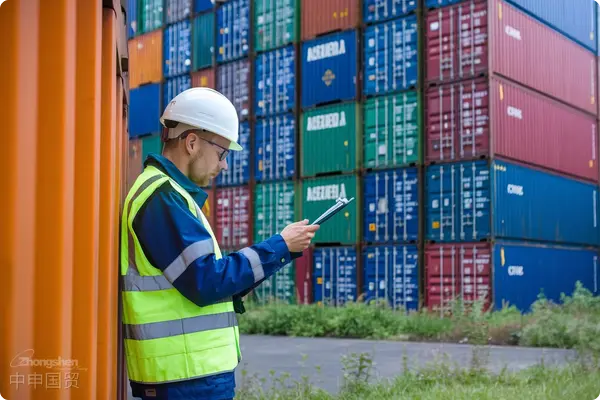- Shanghai Zhongshen International Trade Co., Ltd. - Two decades of trade agency expertise.
- Service Hotline: 139 1787 2118
The Panama Canal, a vital waterway connecting the Atlantic and Pacific Oceans, has long been a lifeline for global shipping. However, due to severe drought conditions, the Panama Canal Authority (ACP) has updated its navigation restrictions, reducing the daily number of ships passing through the canal from 32 to 31 starting in November. This not only poses challenges to the canals operations but also creates ripples in the global shipping industry. Against this backdrop, we will explore multiple aspects of this issue.

I. The Drought Dilemma of the Panama Canal
Severity of the Drought: The drought problem in the Panama Canal has reached a critical level. Reports indicate that this is the driest year on record since 1950. Such extreme climate conditions pose a significant threat to the canals normal operations.
Far-Reaching Impact: The drought not only affects the canals water levels but may also reduce the number of ships passing through. Currently, the daily shipping volume has dropped from 36 to 31, which will undoubtedly impact global shipping.
Future Uncertainty: The drought is expected to worsen next year, which could mean even more severe operational conditions for the canal. Ensuring stable global shipping under these circumstances has become an urgent issue.
II. New Challenges for Global Shipping
Rerouting of Shipping Routes: Faced with the Panama Canals navigation restrictions, global shipping companies may need to reroute. For example, some importers might consider alternative routes via the Suez Canal, although this could add 7 to 14 days to delivery times.
Increased Costs: The new shipping routes mean longer transit times and higher transportation costs. This will not only affect the shipping companies own profits but may also lead to rising logistics costs globally.
Supply chain instability: Due to shipping uncertainties, global supply chains may also face instability. This is undoubtedly a significant challenge for industries that rely on stable logistics.
III. Discussion on Coping Strategies
Application of technology: Utilize technological means, such as intelligent logistics systems, to optimize route planning and cargo scheduling, reducing instability caused by route changes.
Diversified logistics solutions: Not only relying onMaritime Transportation, but also considering the use of multiple logistics methods such as rail and air transport to build a diversified logistics system and reduce dependence on a single logistics method.
Policy communication and coordination: At the policy level, countries can communicate and coordinate to formulate corresponding response strategies, such as providing certain policy support to alleviate the economic pressure on shipping companies.
Related Recommendations
? 2025. All Rights Reserved. 滬ICP備2023007705號(hào)-2  PSB Record: Shanghai No.31011502009912
PSB Record: Shanghai No.31011502009912









